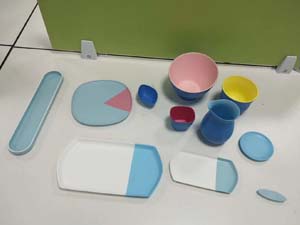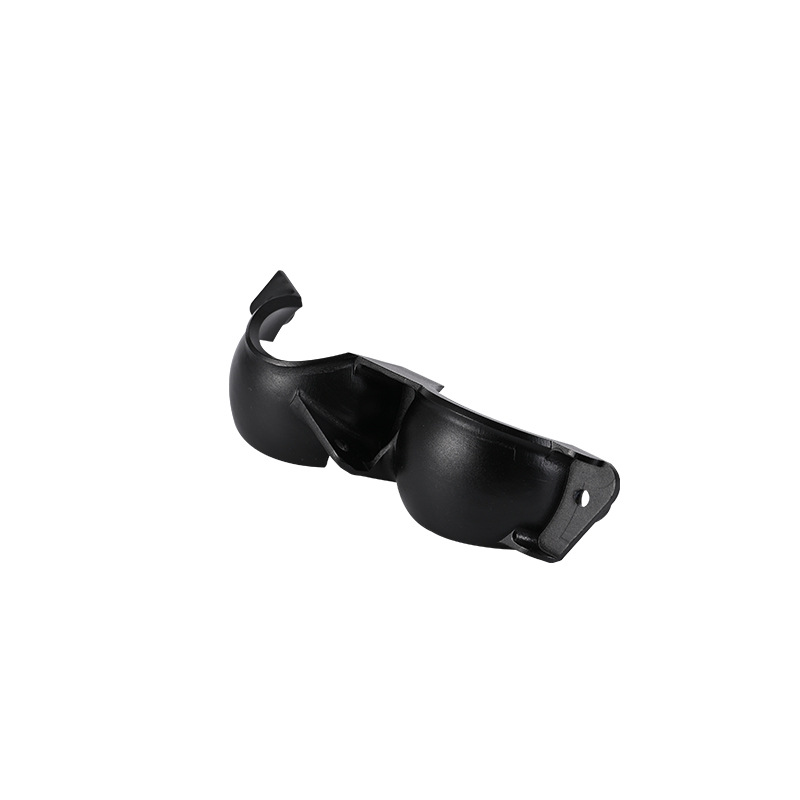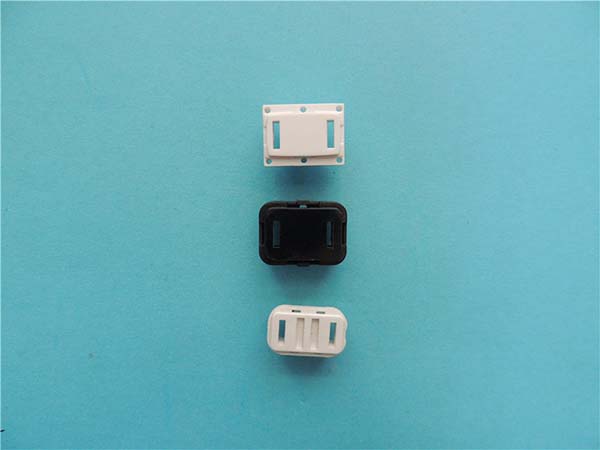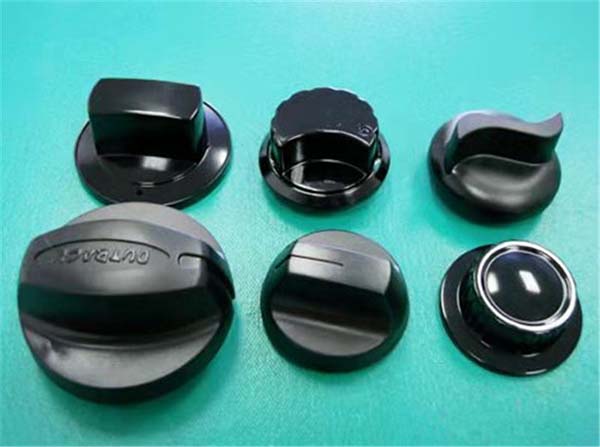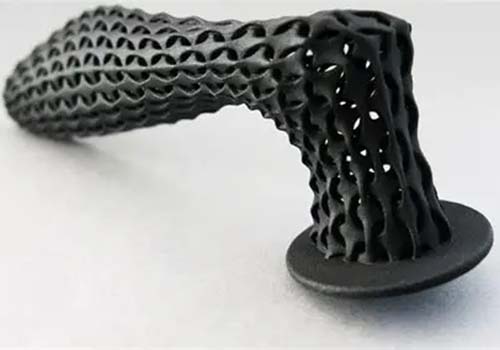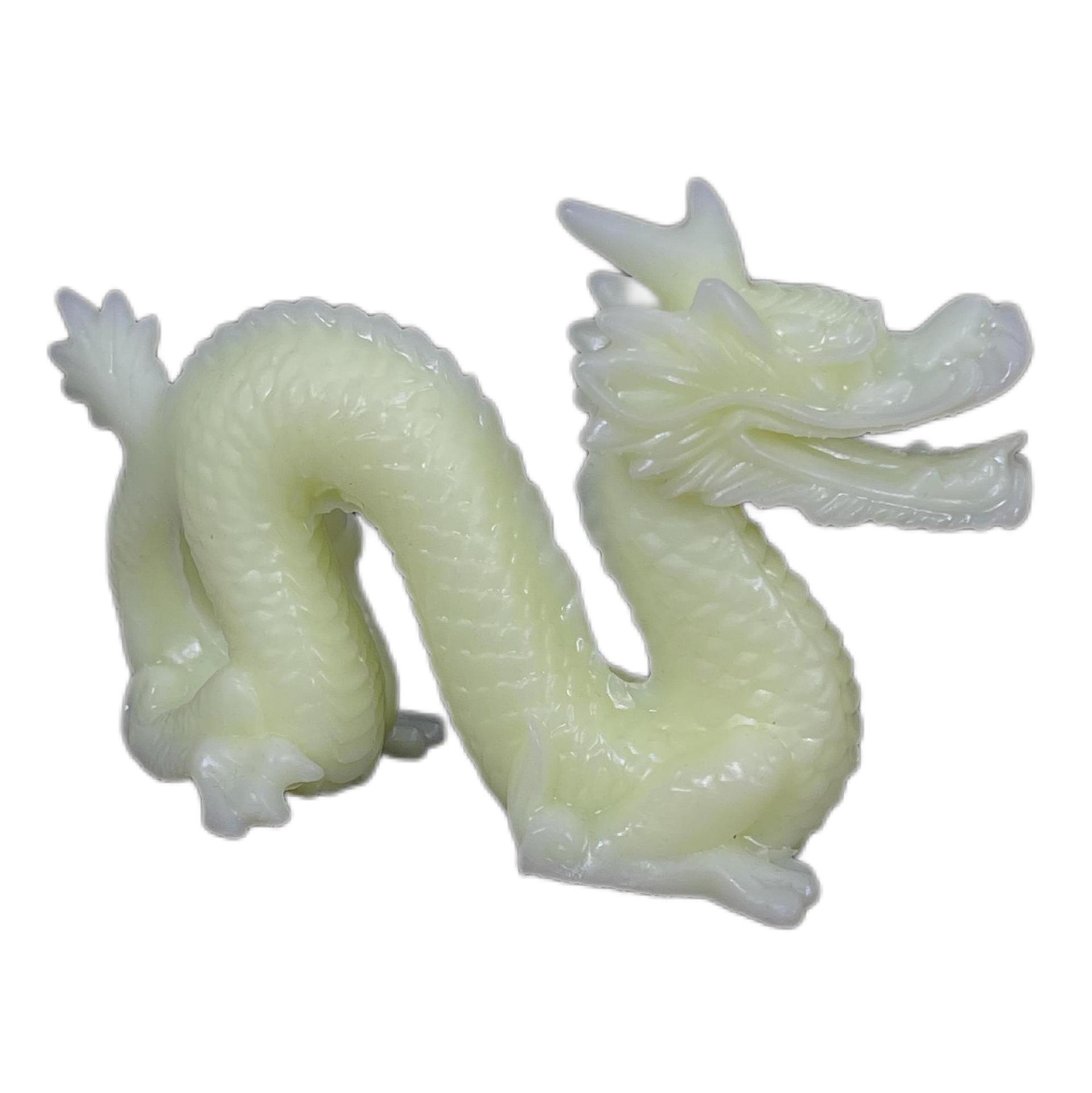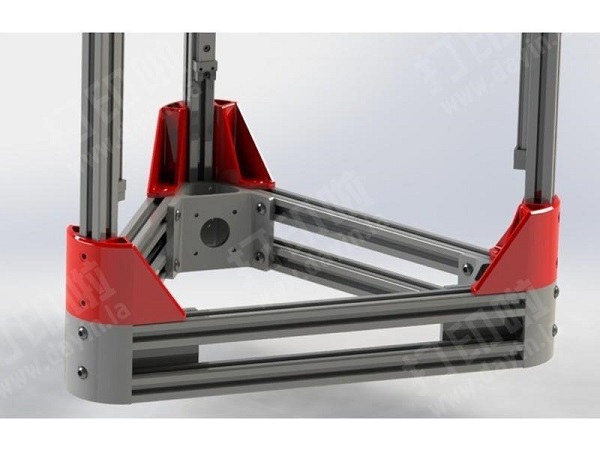Introduction to 3D Plastic Printing
3D plastic printing, also known as additive manufacturing, is a cutting-edge technology that enables the creation of three-dimensional objects from digital files. By layering materials—typically plastics—this method constructs an object layer by layer, building it from the bottom up. Unlike traditional subtractive manufacturing (which involves cutting away material from a larger block), 3D printing adds material only where needed, resulting in highly efficient, customizable, and complex designs. The growing accessibility of this technology is revolutionizing various industries by providing cost-effective and innovative solutions for both small and large-scale production.
Definition and Process
3D plastic printing services rely on different printing technologies to bring digital designs to life. The most widely used methods include:
- Fused Deposition Modeling (FDM): This technology extrudes heated thermoplastic filament through a nozzle, laying down material in layers to form an object.
- Selective Laser Sintering (SLS): SLS uses a laser to sinter powdered material (often nylon or polycarbonate), fusing it into solid parts, layer by layer.
- Stereolithography (SLA): SLA uses a UV light to cure liquid resin, hardening it layer by layer to form the final object.
The typical steps in the 3D plastic printing process include:
- Design: A 3D model of the object is created using Computer-Aided Design (CAD) software.
- Preparation: The digital file is converted into a printable format (e.g., STL file) and optimized for printing.
- Printing: The printer reads the file and begins layering material to create the object.
- Post-Processing: After printing, the object may require additional steps like removing support structures, sanding, or painting to finish the item.
History and Evolution
The roots of 3D printing date back to the 1980s when Charles Hull invented stereolithography (SLA), the first 3D printing process. Since then, 3D printing has evolved from a niche technology to a mainstream tool used in various industries. Early 3D printers were slow, expensive, and offered limited materials and resolution. However, as material science, printing technologies, and software have advanced, 3D printing has become more accessible, accurate, and versatile, allowing for an increasingly broad range of applications.
Benefits of 3D Plastic Printing
1. Cost-Efficiency
One of the most significant advantages of 3D plastic printing is its cost-effectiveness, particularly for small-volume production or customized products. Traditional manufacturing methods require expensive molds, tooling, and setups, especially for low-volume runs. In contrast, 3D printing bypasses these steps, enabling direct production from a digital file. This eliminates high upfront costs and reduces waste, making it particularly beneficial for businesses that need to produce low-volume or prototype parts.
- No Molds or Dies: Unlike injection molding or casting, 3D printing does not require the creation of expensive molds, saving considerable cost, especially for unique or low-run products.
2. Time-Saving
3D plastic printing significantly shortens lead times compared to traditional methods. Where traditional processes may take weeks or even months for tooling, assembly, and production, 3D printing can create parts in a matter of hours or days, making it ideal for rapid prototyping or fast-turnaround projects.
- Rapid Prototyping: Engineers can quickly create a prototype, test it, and modify it based on feedback, accelerating product development cycles.
3. Material Efficiency
Additive manufacturing is inherently more material-efficient than traditional manufacturing. Subtractive methods (such as CNC machining) involve cutting away material, often creating significant waste. By building an object layer by layer, 3D plastic printing uses only the material necessary for the final product, reducing material waste and cutting costs.
- Minimal Waste: The "additive" process builds the part precisely where needed, with minimal surplus material.
4. Customization and Complexity
3D plastic printing enables the creation of highly customized and complex objects. Designers can easily adjust digital models to create unique, one-off products or parts tailored to specific requirements. The ability to print intricate geometries, hollow spaces, and detailed features that would be nearly impossible with traditional manufacturing methods opens new possibilities for product design and innovation.
- Personalization: From custom consumer products to tailored medical implants, 3D printing allows for high levels of personalization, meeting individual needs more effectively.
Applications of 3D Plastic Printing
1. Industrial Design and Prototyping
In industrial design, 3D printing has become a valuable tool for creating functional prototypes quickly and cost-effectively. Engineers and designers can test concepts, check fit and form, and make iterative changes without the delays and costs associated with traditional manufacturing.
- Functional Prototypes: Designers can create prototypes that mimic the look, feel, and functionality of the final product, reducing the chances of errors in mass production.
2. Aerospace and Automotive
The aerospace and automotive industries use 3D plastic printing to produce lightweight, high-strength parts that improve performance, reduce fuel consumption, and allow for more efficient designs. Components such as brackets, housings, and ducts can be produced with complex internal geometries that traditional manufacturing methods cannot easily replicate.
- Weight Reduction: Lightweight parts contribute to lower fuel consumption, which is a key benefit in both aerospace and automotive manufacturing.
- Complex Components: Parts with intricate designs, such as lattice structures, can be produced with ease, improving both performance and material efficiency.
3. Medical and Dental
In the medical field, 3D printing is widely used to create custom prosthetics, implants, and even tissue scaffolds for regenerative medicine. Dentists also use 3D printing to produce precise dental models, crowns, bridges, and aligners that are tailored to each patient's needs, improving both comfort and functionality.
- Personalized Medical Devices: 3D printing enables the creation of patient-specific devices, such as hearing aids, dental implants, or bone replacements, for better outcomes.
4. Consumer Goods and Electronics
3D printing is increasingly used to manufacture customized consumer products and accessories. From custom phone cases to fashion items, 3D plastic printing allows for rapid iteration and personalization, meeting consumer demand for unique, on-demand products.
- Rapid Product Customization: Electronics companies can create customized enclosures or housing for devices, offering tailored designs without the need for mass production.
Technologies and Materials
1. FDM, SLS, and SLA
Fused Deposition Modeling (FDM)
FDM is one of the most widely used and accessible 3D printing technologies. It works by heating and extruding a thermoplastic filament through a nozzle to build an object layer by layer. FDM printers are cost-effective and suitable for a variety of applications, especially prototyping and low-volume production.
- Popular Materials: PLA, ABS, PETG.
Selective Laser Sintering (SLS)
SLS uses a laser to fuse powdered material (usually nylon or polycarbonate) into solid structures. It is ideal for producing durable, high-strength parts with intricate geometries that are difficult to achieve with FDM.
- Strength: SLS parts are stronger and more heat-resistant than those produced by FDM, making them suitable for functional prototypes and end-use parts.
Stereolithography (SLA)
SLA employs UV light to cure liquid resin, hardening it layer by layer to create highly detailed and smooth objects. SLA produces parts with excellent surface finish, making it suitable for applications requiring fine details and high aesthetic quality.
- Ideal Use: Jewelry design, dental models, prototypes for visual testing.
2. Materials Used in 3D Plastic Printing
Polylactic Acid (PLA)
PLA is a biodegradable thermoplastic made from renewable resources such as corn starch or sugarcane. It’s easy to print, with minimal warping, making it perfect for beginner-friendly and eco-conscious users.
- Applications: Prototypes, toys, and educational models.
Acrylonitrile Butadiene Styrene (ABS)
ABS is a strong, durable plastic commonly used in products that require toughness, such as automotive parts and electronics housings. It offers high heat resistance but requires a heated print bed to avoid warping.
- Applications: Functional parts, engineering models.
Other Plastics
Other materials like polycarbonate (PC), thermoplastic polyurethane (TPU), and polyethylene terephthalate glycol (PETG) offer specialized properties such as flexibility, strength, and chemical resistance. These are ideal for more demanding applications.
- Flexible Parts: TPU is commonly used for parts requiring flexibility, such as rubber-like gaskets and seals.
FAQs
1. What is the difference between FDM, SLS, and SLA 3D printing?
- FDM (Fused Deposition Modeling): Uses thermoplastic filament, cost-effective, and best for prototyping.
- SLS (Selective Laser Sintering): Uses a laser to sinter powdered materials, producing durable and precise parts, ideal for end-use products.
- SLA (Stereolithography): Cures liquid resin with UV light, ideal for high-detail parts with smooth finishes.
2. Can 3D printed parts be as strong as traditionally manufactured parts?
Yes, 3D printed parts can be as strong as those made using traditional methods, especially with advanced materials like carbon fiber or high-strength nylon. The strength depends on the material, design, and printing method.
3. Is 3D printing eco-friendly?
3D printing can be more eco-friendly than traditional manufacturing because it minimizes material waste and can use recycled materials. However, the environmental impact depends on the materials used, as some plastics are not biodegradable.
In conclusion, 3D plastic printing offers cost-effective, efficient, and highly customizable solutions for a wide range of industries, from industrial design to medical applications. As the technology evolves and materials improve, the potential for innovative and personalized products will continue to expand.

